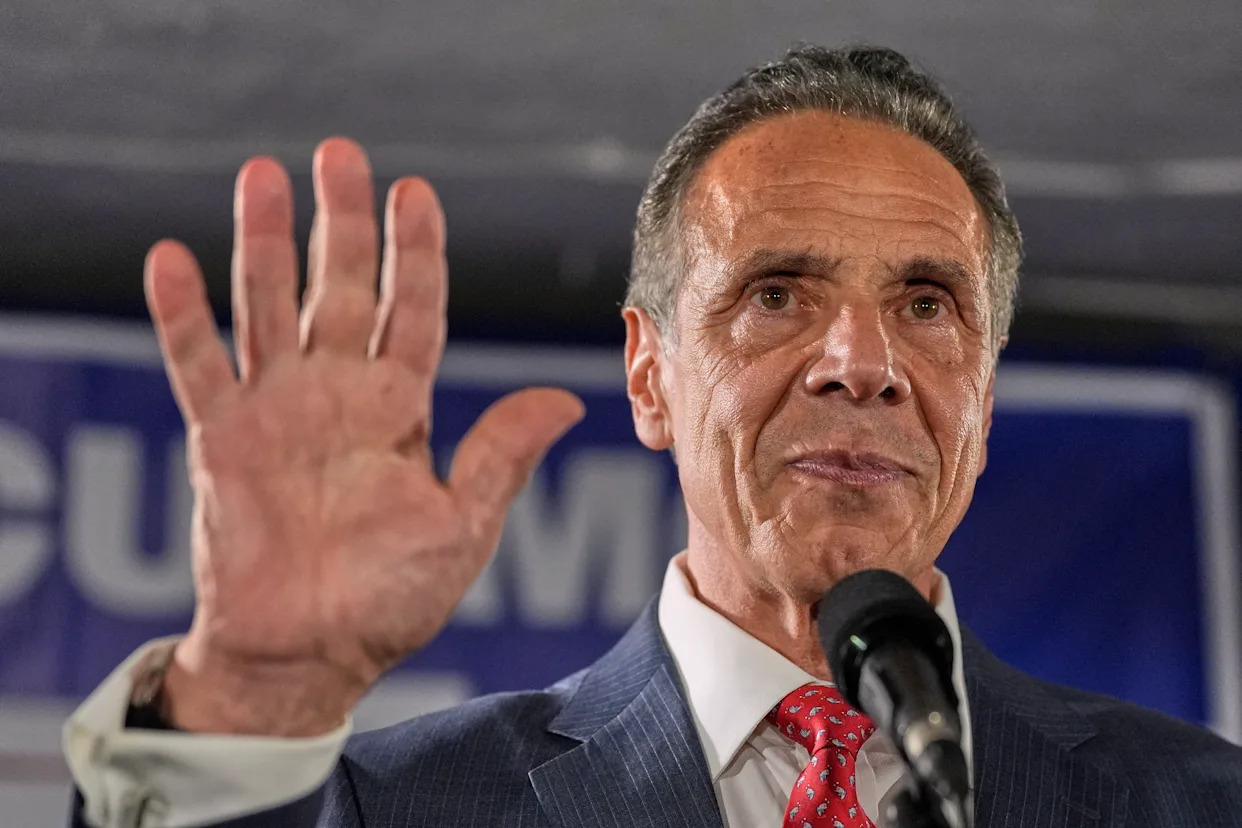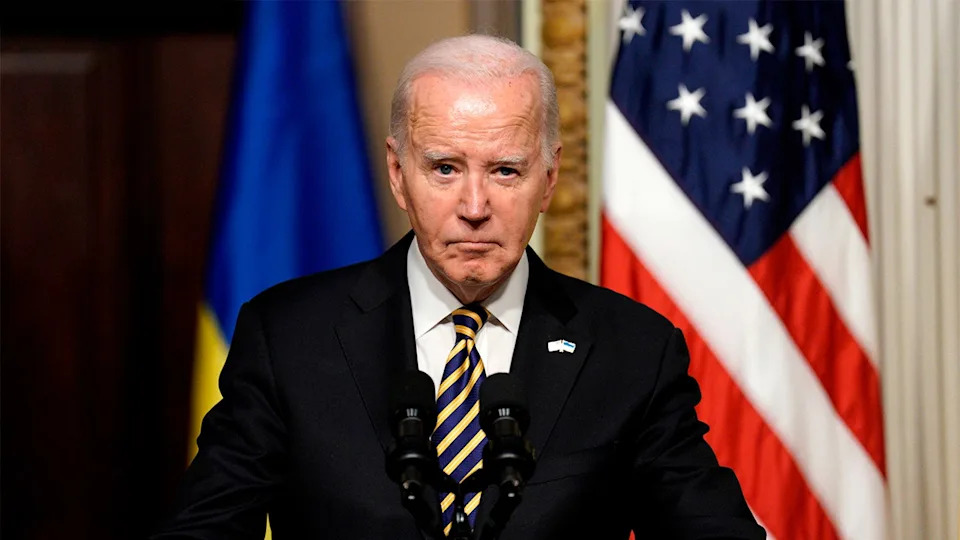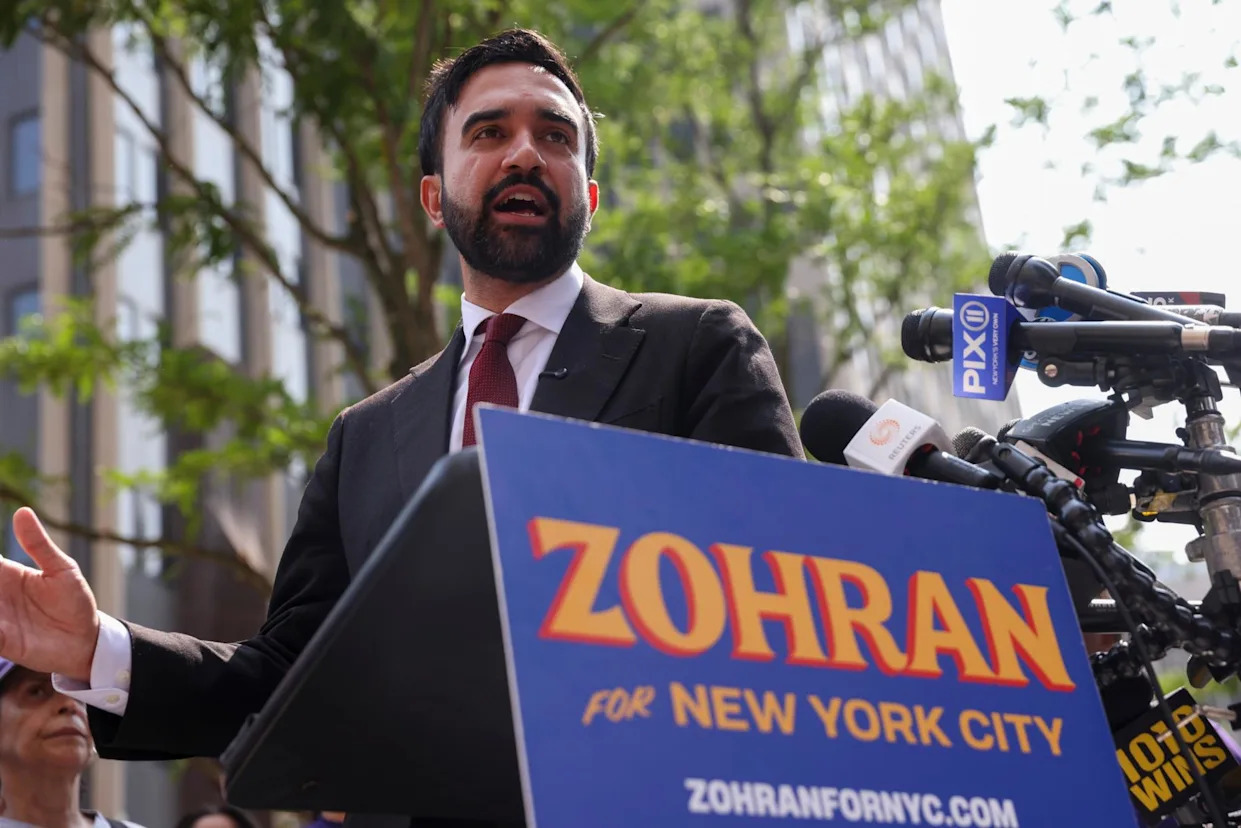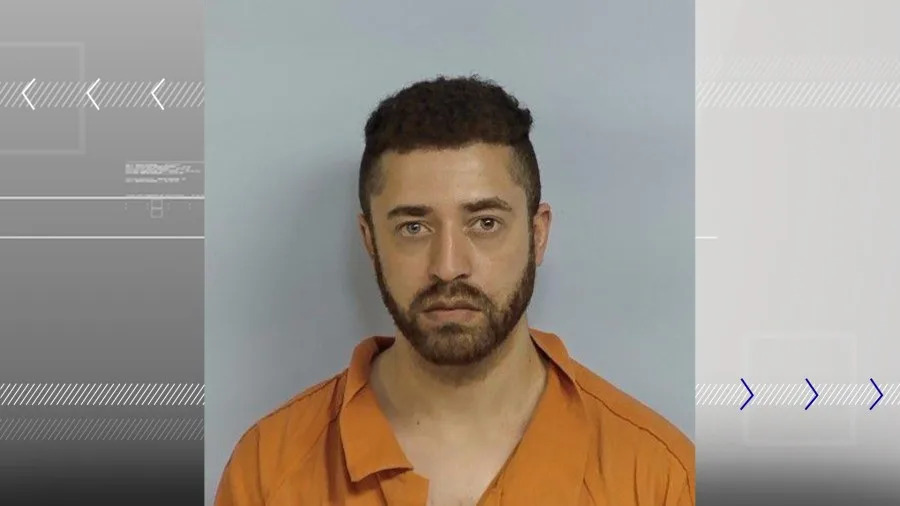
ALBANY, New York — Former Gov. Andrew Cuomo’s successful quest to shut down the Indian Point nuclear plant spiked electricity costs and dirtied the energy grid of the city he’s now running to lead.
The closure, once hailed by some fellow Democrats as a bold safety move, is now under heavier scrutiny as New York confronts surging electricity demand, rising emissions and lagging renewable projects.
Key Democrats including Gov. Kathy Hochul and Rep. Ritchie Torres have voiced regrets or pointed to poor planning. And the city’s mayoral front-runner, democratic socialist Zohran Mamdani, has been largely silent — leaving Cuomo’s energy legacy newly relevant as nuclear power gains ground in national climate politics.
Cuomo fought for decades to shut the plant, located 25 miles north of New York City. He raised concerns about the safety of the aging facility and its proximity to the nation’s biggest population center, where an evacuation — if the worst happened — would be impossible.
But when Indian Point went offline, gas power filled the gap — pushing emissions up 22 percent between 2019 and 2022 and exposing consumers to costly price swings. Households and businesses paid as much as $300 million more for electricity in 2022 alone, according to a conservative-leaning think tank.
And the state’s and city’s climate goals became more challenging to achieve.
“The city is much more reliant on its in-city fossil generation in a way that didn’t have to happen the way it did,” said Dan Zarrilli, former chief climate policy adviser to Mayor Bill de Blasio. “It was clear that natural gas was going to fill that gap.”
Gas prices have dropped in recent years, eliminating potential savings from keeping the plant open. Many nuclear reactors across the country — including those in upstate New York under a program Cuomo backed as governor — have required subsidies in recent years to stay online since they can't compete with cheap natural gas.
And with energy prices again top of mind for voters, affordability has become a defining issue in the 2025 mayoral race — particularly for working-class and outer borough neighborhoods hit hardest by high utility bills.
Cuomo, running as an independent, is leaning into experience and executive competence — but critics say his long political record carries baggage, especially on the environment. Mamdani, by contrast, is calling for a rapid build-out of public renewables through the New York Power Authority but hasn’t said whether he supports nuclear as part of the mix.
Cuomo still defends the decision to close the plant because of major safety concerns. Campaign spokesperson Rich Azzopardi said the plant was on a fault line with no evacuation plan for residents if something happened.
“At the time it was decommissioned, there were projects in the pipeline that would have replaced the power ... but they fell behind,” Azzopardi said.
But as Democratic officials embrace nuclear and the state’s renewable build-out falters, they’re having some regrets.
Gov. Kathy Hochul said there should have been better planning to meet the state’s energy needs before shutting Indian Point. Rep. Ritchie Torres, who ultimately decided not to challenge Hochul after flirting with a gubernatorial run, said closing Indian Point was a mistake.
“The problem is not that we have too much energy. The problem is that we have too little. We need more clean energy. We need all of the above: wind, solar, hydro, bio, nuclear,” Torres said.
“I’m speaking ... with the wisdom of hindsight, so I will make that concession — but I feel like there’s a growing recognition in the Democratic Party that we undervalue the role of nuclear in decarbonizing,” he added.
Mamdani has largely been silent on nuclear power and its potential role in New York’s energy future. A pro-nuclear group is promoting a petition calling on him to “endorse nuclear.”
The future mayor of New York City would have little leverage over the siting of new nuclear or other energy resources, given state and federal control of permitting, but does have a prominent public perch to opine on the issue.
Mamdani has backed a major build-out of renewable energy by the New York Power Authority and decarbonizing schools. His campaign did not respond to multiple requests for comment about his position on nuclear and Indian Point’s closure.
Some Democratic climate hawks are unmoved by criticisms — including from Republicans — that closing Indian Point increased emissions. Democratic Sen. Liz Krueger, chair of the powerful Finance Committee, dismissed arguments that the plant should have stayed online.
“It was built on a fault line, and no one would be allowed to build a nuclear power plant on an active fault line in today’s world,” Krueger said. “I actually don’t think there’s any justification for making the argument we shouldn’t have closed Indian Point, or even that we should explore reopening it.”
Holtec, the company decommissioning Indian Point, has floated the idea of siting a small nuclear reactor at the site alongside a data center. A spokesperson for the company acknowledged a new reactor would be an uphill battle politically.
Hochul has embraced new nuclear — at least in upstate New York. She’s directed NYPA to build at least 1 gigawatt, potentially with private partners in communities supportive of nuclear energy.
When the deal was struck to shut Indian Point, the plant was battling the state over permits to continue withdrawing massive amounts of water from the Hudson River for cooling.
Sucking the water out killed fish in the river and threatened endangered species. These impacts on the sensitive ecosystem were the main driver of environmental group Riverkeeper’s support for shuttering the plant. Riverkeeper was a party to the agreement to close Indian Point, agreeing to cease their legal efforts to shut it down and getting a symbolic $1 payment.
The organization backed renewables and energy efficiency to replace the lost capacity from the 2,000-megawatt plant.
“The decision that closed Indian Point kicked off an enormous rush towards remaking New York’s electricity supply. That is paying off and will continue to do so,” said Paul Gallay, who led Riverkeeper in 2017 when the agreement to close the plant was announced.
He pointed to the pending completion of two offshore wind projects and the Champlain Hudson Power Express, a transmission line backed by Hochul to bring hydropower from Canada to the city. Riverkeeper opposed that project because of concerns about the ecological damage from large-scale hydropower and impacts of putting the infrastructure in the Hudson River.
“What we’re looking at since Indian Point closed is a period of transition where, despite any federal headwinds, the state and the city and local partners are making a lot of progress towards replacement energy in the face of growing demand and the challenges caused by cheap natural gas,” Gallay added.
That 1,250-megawatt line will displace fossil fuel generation. New York City and large building owners are expected to buy credits generated by the project, reducing the cost for utility ratepayers statewide.
Cuomo supported the project, although his officials had concerns about the cost. The process to subsidize transmission lines for renewables into the city was started before the former governor resigned amid sexual harassment allegations, which he has denied.
The former governor also backed other projects in preparation for Indian Point shutting down, including a transmission line to reduce congestion between the upstate and downstate electric grid that was completed in 2023. But overall, renewable energy hasn’t come online at the pace state policymakers envisioned, and demand continues to grow.
Most notably, offshore wind, which Cuomo expected to provide massive amounts of clean energy to the city, is stalled out amid President Donald Trump’s explicit opposition to any new turbines in the ocean.
“Everything else with offshore wind and everything else that’s happening with the federal government is unhelpful and dragging us in the wrong direction,” Zarrilli said.








Comments